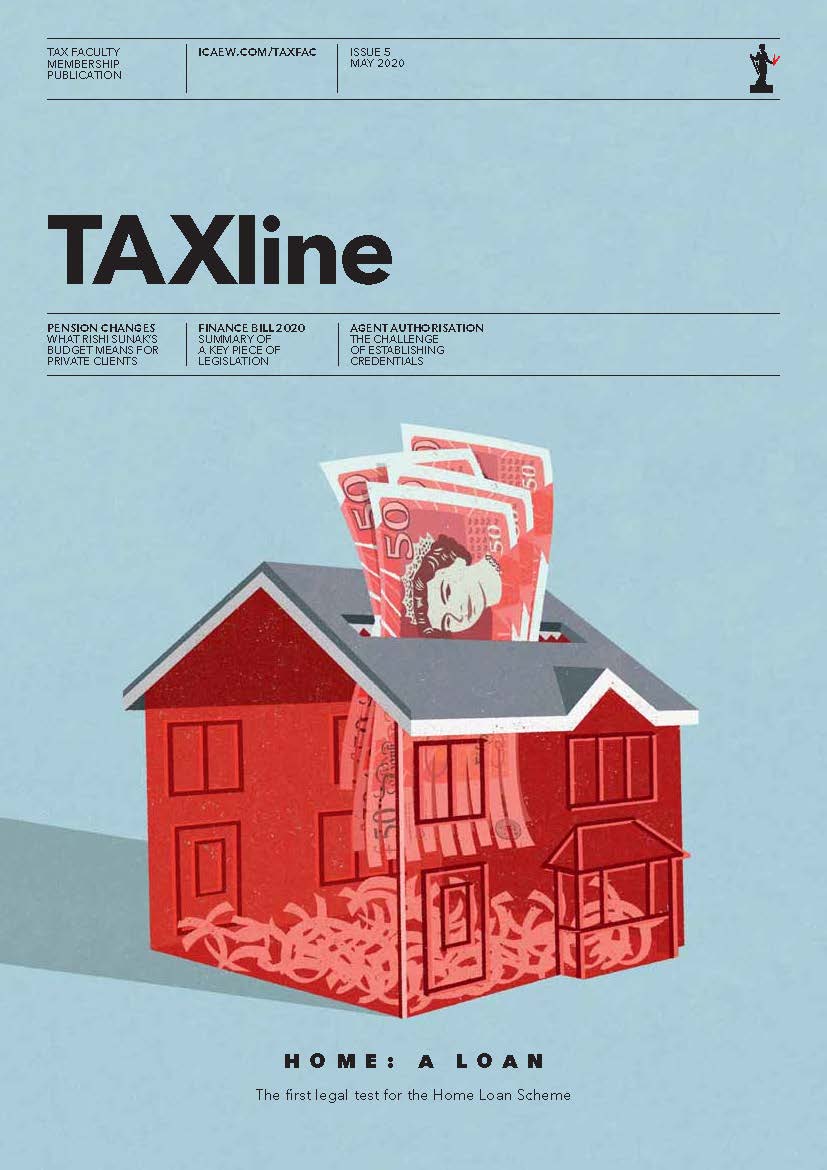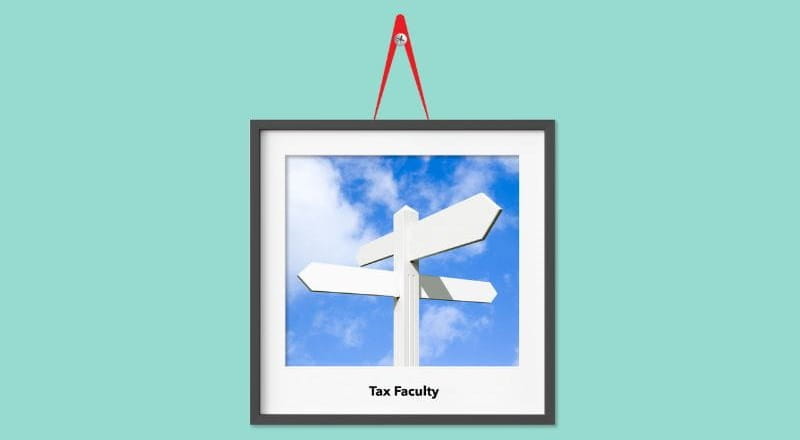17 October update
On 17 October, the new Chancellor of The Exchequer, Jeremy Hunt, brought forward a number of measures from the late October Medium-Term Fiscal Plan. These reversed most of the changes that had been announced by his predecessor, Kwasi Kwarteng, on 23 September.
Ahead of his Growth Plan to be delivered on 23 September, Chancellor Kwasi Kwarteng has confirmed that the 1.25 percentage point rise in national insurance contributions (NIC) will be reversed from 6 November 2022. Furthermore, the planned Health and Health and Social Care Levy – a separate tax which was coming into force in April 2023 to replace this year’s NIC increase – will be repealed.
There has already been an in-year change to NIC with the thresholds increasing from 6 July. That change was announced at the Spring Statement on 23 March 2022, giving software developers and employers just over three months to make the necessary changes to payroll software.
The announcement of the rate change, which will be effective for payments of earnings on or after 6 November 2022, gives just over six weeks for the changes to be made, and even less for employers due to pay employees on or soon after 6 November.
If payroll software cannot be updated for payments due on or after 6 November, it is not clear how employers will be able to retrospectively correct the position save by applying for refunds which will create a lot of work for employers and HMRC.
As a result of the change, the rates for class 1 NIC in 2022/23 will be:
| Before 6 November 2022 | On or after 6 November 2022 | |||
|---|---|---|---|---|
| Above primary threshold and below upper earnings limit | Above upper earnings limit | Above primary threshold and below upper earnings limit | Above upper earnings limit | |
| Primary (employee) | 13.25% | 3.25% | 12% | 2% |
| Before 6 November 2022 above secondary threshold | On or after 6 November 2022 above secondary threshold | |
|---|---|---|
| Secondary (employer) | 15.05% | 13.8% |
While class 1 NIC (paid by employers and employees) is generally calculated and collected on a pay period basis, other liabilities are calculated on an annual basis. For example, directors have their class 1 NIC calculated on an annual basis, class 1A NIC on benefits in kind, class 1B on PAYE settlement agreements (PSAs) and class 4 NIC paid by the self-employed on their profits.
For directors, the annualised rates in 2022/23 will be:
| Above primary threshold and below upper earnings limit | Above upper earnings limit | |
|---|---|---|
| Primary (employee) | 12.73% | 2.73% |
The secondary (employer) rate applying above the secondary threshold for directors in 2022/23 will be 14.53%.
For the self-employed, the class 4 NIC rates for 2022/23 will be 9.73% on earnings between the lower profits limit and the upper profits limit and 2.73% above the upper profits limit.
The class 1A rate on benefits and class 1B rate on PSAs in 2022/23 will be 14.53%. Class 1A NIC payable on termination awards and sporting testimonial cash payments are assessed based on the rate applicable at the time of payment (ie,15.05% before 6 November 2022 and 13.8% on or after 6 November 2022).
Read more:
Tax on dividends
When the health and social care levy was announced, it was accompanied by a 1.25% increase in the tax rate on dividends from April 2022. The government’s press release indicates that this increase will also be revered, but from April 2023. Frank Haskew, Head of Taxation Strategy says, “While the timing of the dividend rate reversal may seem out of line with the NIC changes, it makes sense as income tax is an annual tax.”
Tax Faculty
This guidance is created by the Tax Faculty, recognised internationally as a leading authority and source of expertise on taxation. The Faculty is the voice of tax for ICAEW, responsible for all submissions to the tax authorities. Join the Faculty for expert guidance and support enabling you to provide the best advice on tax to your clients or business.
More support on tax
ICAEW's Tax Faculty provides technical guidance and practical support on tax practice and policy. You can sign up to the Tax Faculty's free enewsletter (TAXwire) which provides weekly updates on developments in tax.
Sign up for TAXwireJoin the Tax FacultyThe future of tax after COVID
As digital technologies transform society, the UK government is grappling with balancing the books while ensuring its tax system is fit for purpose. Join us as we take a look at the issues and challenges facing the tax system.
Read more


